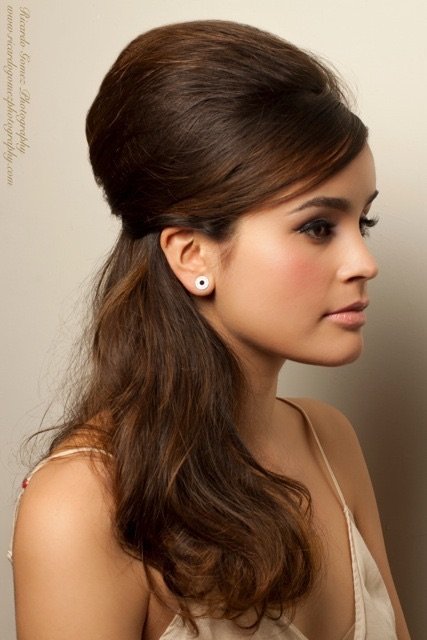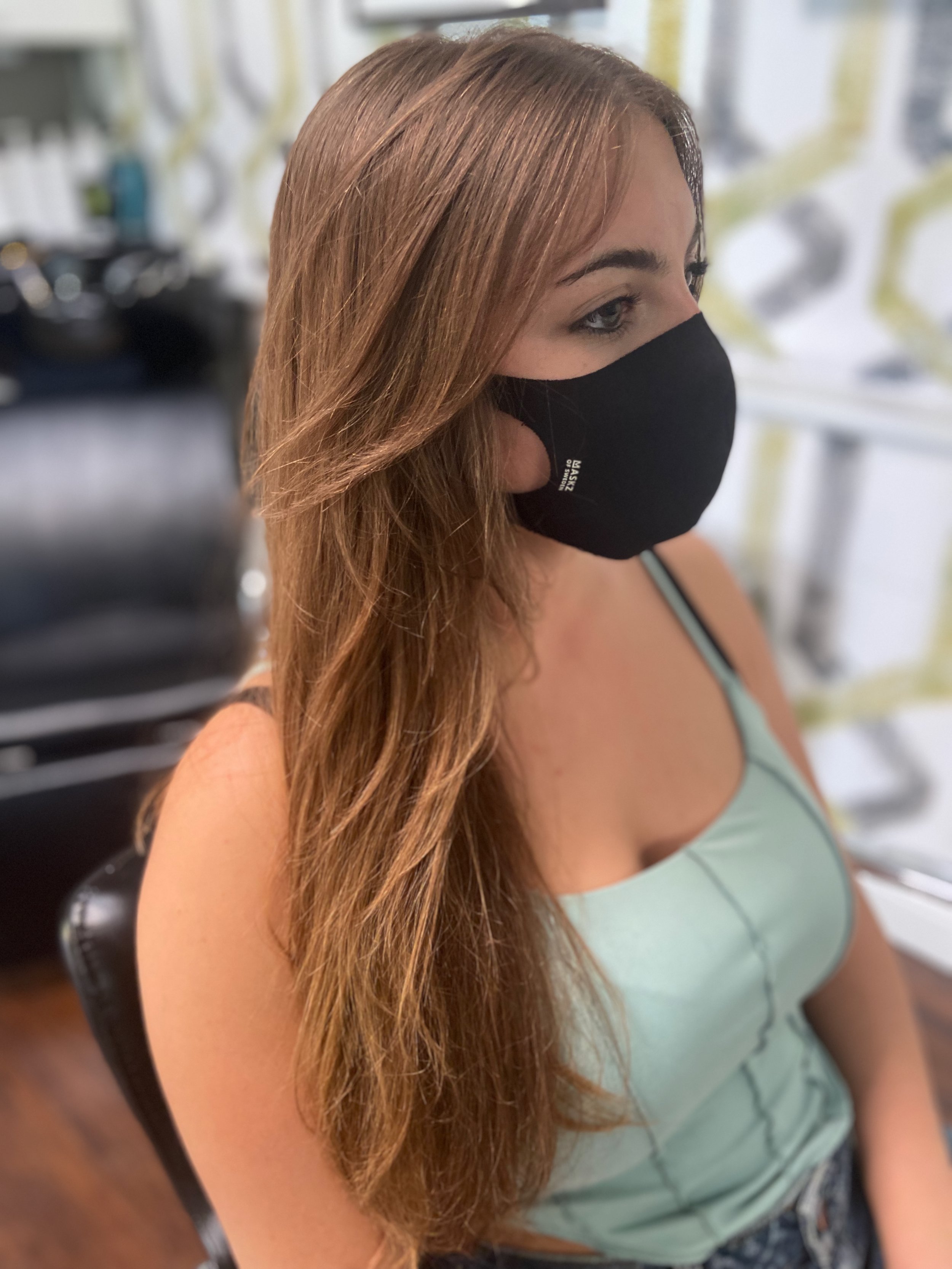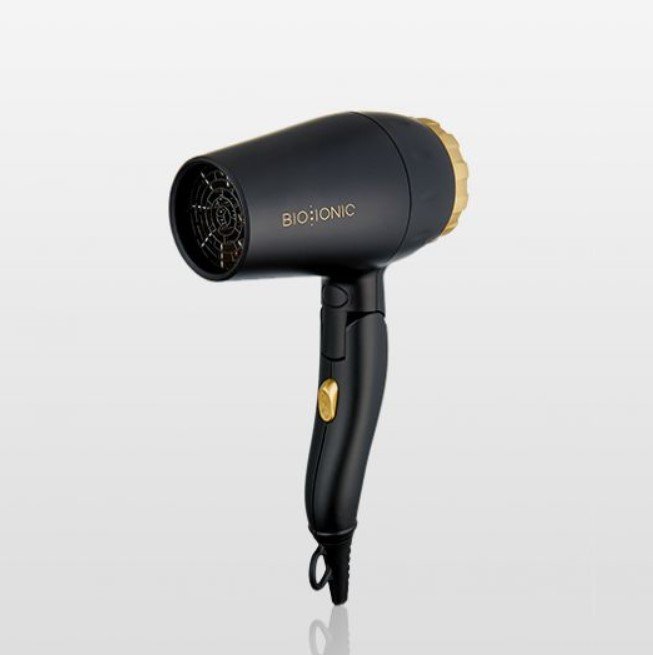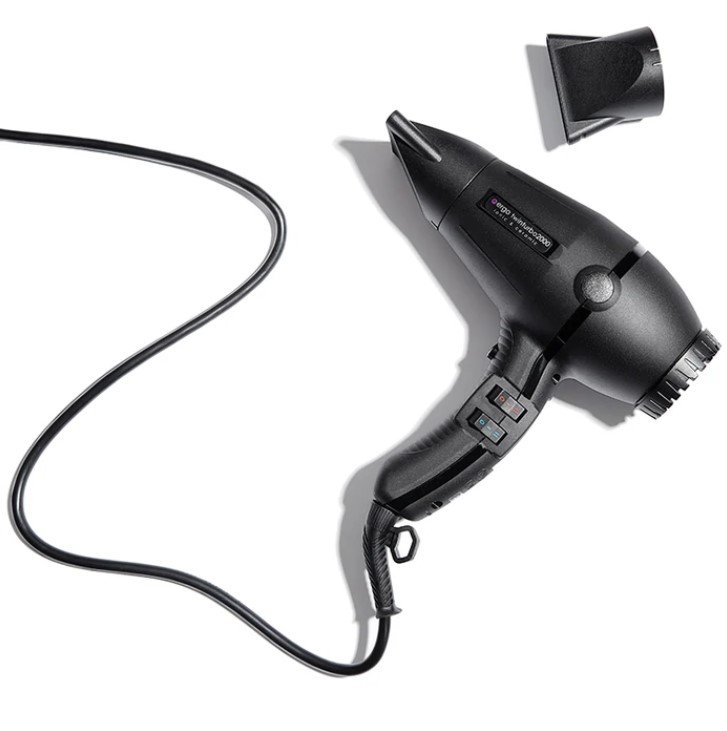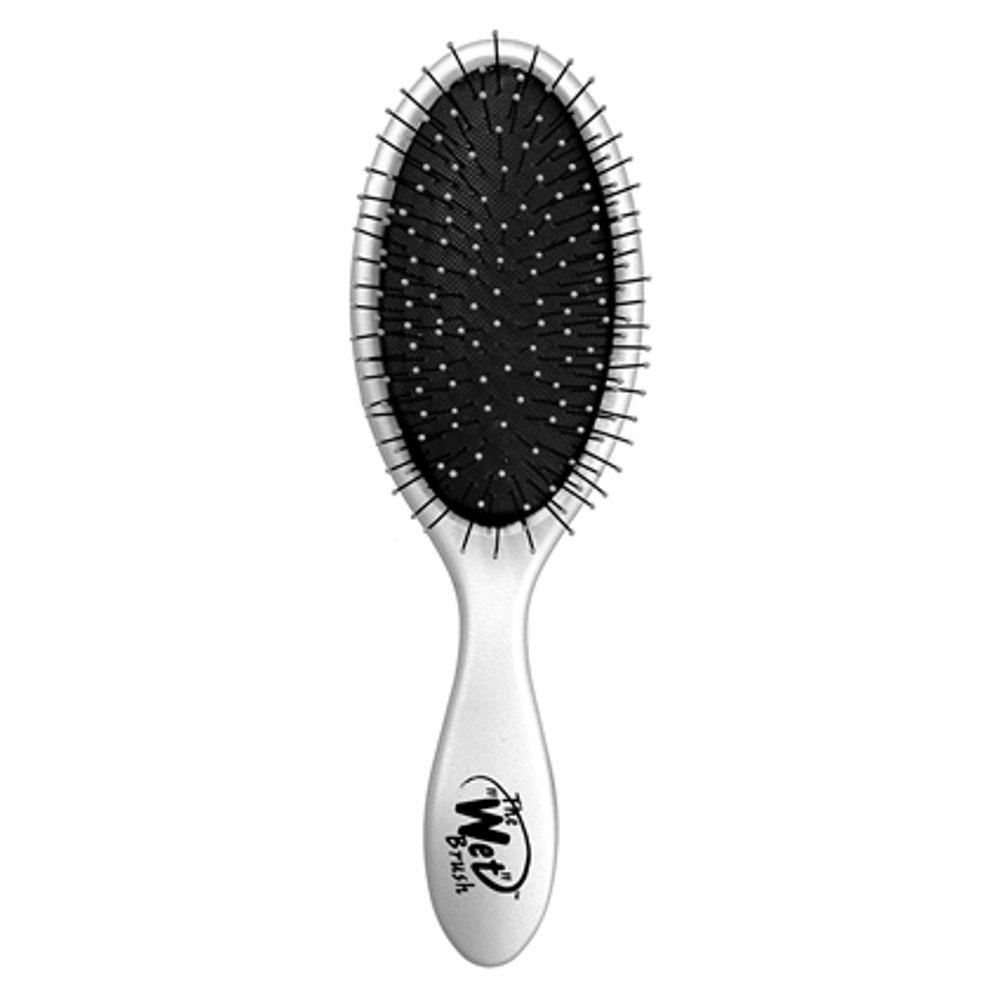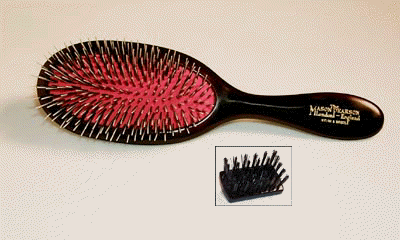Hair can grow as much as 1.7 centimeters per month, and with all that hair, it only makes sense that you have to manage it by brushing it. But at a certain point, your brush will collect not only loose hair but old hair gel, skin cells, and more. Once your brush gets dirty, you might wonder how to clean it.
Fortunately, learning how to clean hair brushes isn't difficult, but there are certain things you need to be aware of if you want to keep your brush in good shape. Keep reading and learn more about how to keep your brushes clean and in great shape.
What You Need to Know About Cleaning Your Brush
You might think that hairbrush cleaning is a relatively simple task. After all, all you have to do is pull off the excess hair from the brush and call it a day, right? Not necessarily.
If you only pull off the loose hair from the brush, you will find that all sorts of debris will still be left behind. Most of the debris is dandruff and whatever else might have been sitting on your hair. You might even find that some of the remaining substances on the brush are sticky.
This is often the case if you tend to use hair gel or other hair products before brushing your hair. Over time, the hair products will get stuck in your brush, making it particularly hard to clean. Besides that, the hair products might become encrusted on your brush and leave little white flakes in your hair every time you try to brush it.
This, of course, is not something you want to deal with when you're trying to style your hair. Unfortunately, most hair brushes will suffer from this problem sooner or later. Does this mean you'll have to throw out your brush once it gets too dirty?
Not at all!
The Details
You can prevent your brush from getting too dirty as long as you clean it regularly. In particular, you should aim to clean hair brushes at least once a month. If you tend to shed a lot of hair or use many hair products, you might want to clean your brush once every two weeks.
As long as you do that, you will find that your brush will never become unmanageable or hopelessly dirty. Also, even if you don't want to give your brush a complete cleaning, you can remove any clumps of hair that might end up stuck to your brush. It might even be a good idea to have two brushes.
That way, you can cycle between them so that one brush doesn't get especially dirty over a short period. But how should you go about cleaning your brush first, and what tools or supplies will you need?
How to Clean Hair Brushes Like a Pro
Cleaning hair brushes doesn't have to be difficult, but it will be if you don't have the right tools. In particular, you will want a pintail comb on your side, an unused toothbrush, rubbing alcohol, baking soda, and a towel. You will also want to keep the type of hair brush you have in mind.
Some hair brushes, such as those with boar bristles, are more sensitive than synthetic bristles. Let's first explore how to clean brushes with synthetic bristles. First, you must remove whatever hair is stuck to the brush's bristles.
For the best results, you should use the thin handle of a pintail comb. This will be much easier than removing the hair with your fingers. After that, you should immerse the brush in warm water.
You can do this in a bathtub or sink. Using warm water instead of cold water is essential as the warm water will help loosen any debris that might be stuck to the brush. For even better results, try adding a few drops of dish soap or shampoo to the water and wait for some bubbles to form.
Once that's done, wait a few minutes for the warm water to affect the debris on the hairbrush. After about 10 minutes, any debris on the brush should become very soft. At that point, you can get a toothbrush and start scrubbing away at the brush.
While you can use your fingers to try and clean between the bristles, this will not be nearly as effective as using a small toothbrush. Besides cleaning the bristles, don't forget to clean the exterior of the brush and handle.
What You Need to Know
Doing this should remove most debris, especially sticky remnants of hair gel or other hair products.
If you find some debris won't go away, you must bring in the baking soda. Baking soda may seem like a soft white powder, but it has potent abrasive properties. If you pour some baking soda on your toothbrush and continue to scrub your hairbrush, the abrasive properties of the baking soda will remove whatever might be stuck to your brush.
After that, rinse the brush in warm water, so any remaining debris is dislodged and removed. Before you dry off the brush, however, be sure to give it a quick soak in rubbing alcohol. This step is essential as it will remove any stubborn bacteria or other debris that might be stuck to your brush.
In a way, it will make your brush quite sterile. You only need to give your brush a quick dip in the alcohol; you don't need to soak it. After that, wipe down the brush with a towel and then let it out to air dry.
Once it's dry, you can continue using it, and you won't need to worry about any dirt or debris getting caught in your hair. But how should you go about cleaning a natural brush, you might ask?
How to Clean Natural Hair Brushes
Cleaning natural-bristle brushes are not as complicated as cleaning synthetic ones, but you will need to be a bit more careful. This is because natural brushes are more sensitive to specific cleaning methods. If you're not careful, you could damage the bristles and the entire brush.
To start, you will need to do more or less the same as a synthetic brush: remove the excess hair. Again, use a pintail comb for this if you can. Then, it will be time to soak the brush in warm water.
However, if the brush handle is made of wood, you won't want to soak the whole brush. Doing this might damage the wood. Instead, soak only the natural bristles.
Before you soak the brush, make sure you get the warm water a bit sudsy with some soap or shampoo, then place only the brush's bristle in the water. Once the brush is done soaking, you will not want to use a toothbrush or baking soda on it. The abrasive nature of these tools will only damage the natural bristles of the brush.
The Technique
Instead of using a toothbrush, use your fingers to clean between the natural bristles. Your fingers alone should be enough to remove most types of debris from your brush. Also, make sure that plenty of soap is involved in helping clear the debris.
After that, rinse the brush under a steady flow of warm water. The force of the water should dislodge any other debris that might be stuck to the bristles. Again, try to keep the wooden handle of the brush from getting wet.
After that, do not use rubbing alcohol on this brush as it will damage the bristles. All you need to do is let the brush air dry for a few hours or overnight, and then it will be as good as new and ready to use.
How to Keep Your Hair Brushes Clean
Learning to clean hair brushes is not tricky, but you must remember a few things. You can be a bit harsher with synthetic brushes and use baking soda and rubbing alcohol on them to get them clean. You'll need to be a bit more careful with natural hair brushes.
To learn more, contact us here.



